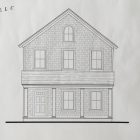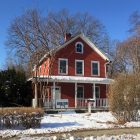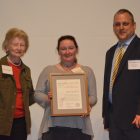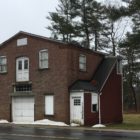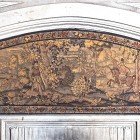Government
‘A Really Wonderful Model for the Neighborhood’: Officials Offer High Praise for Forest Street Home Design in Voting 4-0 To Lift Demolition Delay
|
Calling the redesign of a new home on Forest Street tasteful, respectful of the property’s historic past and exemplary for an important neighborhood, town officials last week voted unanimously to lift a delay on the demolition of an existing structure. Members of the Historical Review Committee voted 4-0 at their Jan. 5 meeting to lift a delay instituted last month on demolishing the ca. 1830-built home at 74 Forest St. “You have made significant changes—positive changes—I think you have created a winner here, a really wonderful model for the neighborhood and an example for others who will come after you,” committee member Martin Skrelunas said during the group’s meeting, held at the New Canaan Historical Society’s Town House.
